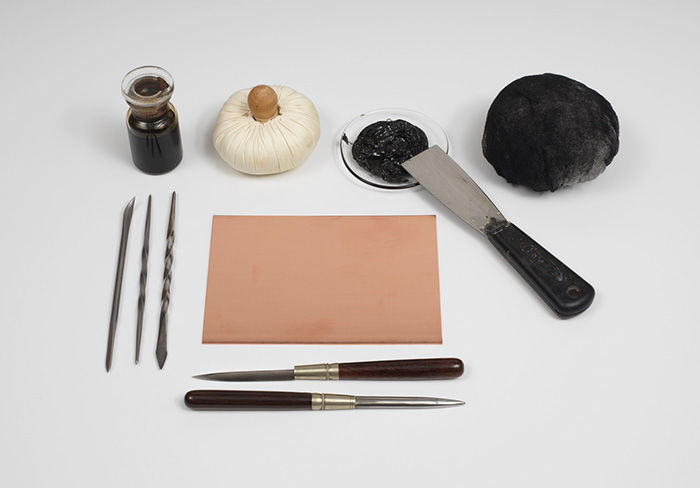The Amstel, No. 1 (A Memorandum)
Sir Francis Seymour Haden British
Not on view
Seymour Haden was the unlikely combination of a surgeon and an etcher. Although he pursued a very successful medical career, he is mostly remembered for his etched work as well as for his writings on etching. He was one of a group of artists, including James McNeill Whistler (1834–1903) and Alphonse Legros (1837–1911), whose passionate interest in the medium led to the so-called etching revival, a period that lasted well into the twentieth century. The extolling of etching for its inherent spontaneous qualities reached its pinnacle during this time. While the line of the etching needle, Haden wrote, was "free, expressive, full of vivacity," that of the burin was "cold, constrained, uninteresting," and "without identity."
View of a dockyard on the Amstel river in Amsterdam. Sailboats docked in harbor at center; clouds in sky; figures hauling timber at right foreground.
"State II (H2). The sail of the boat in the middle sitance is shaded, and there are two men hauling timber out of the water near the foreground. There is new work in the distance and in the sky; a setting sun is depicted"
[Source: Schneiderman, p. 279]
"Published States: Second.-The white sail is now shaded, and ther are two men hauling timber out of the water near the foreground. There is much new work in the distance and the sky, and the setting sun is introduced. Etched from an upper window of the Amstel Hotel at Amsterdam."
[Source: Harrington, p. 75]

